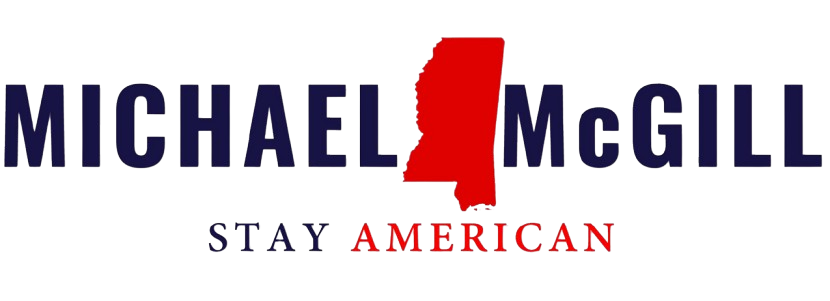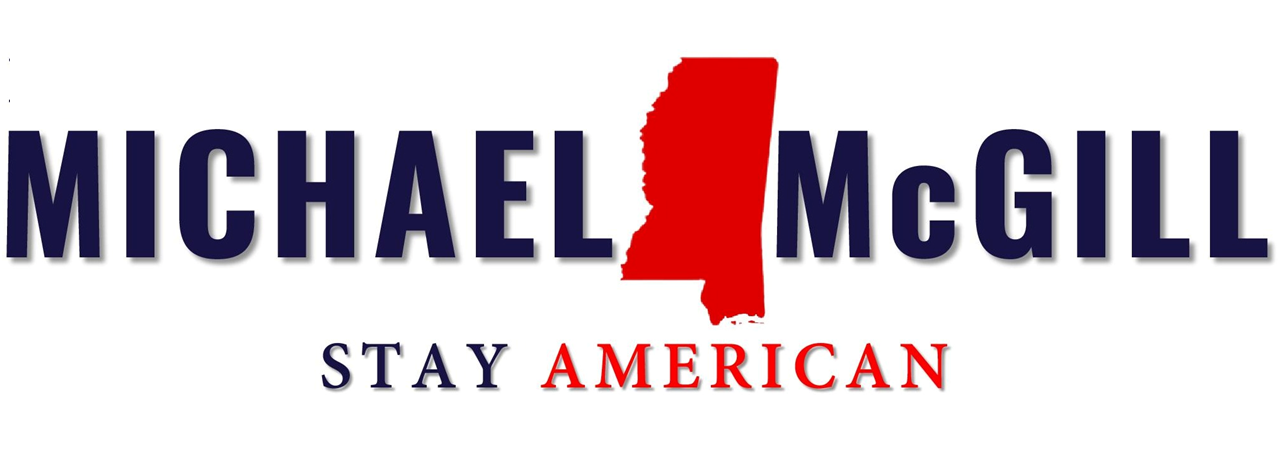What is a City Budget?
I hope these Long Beach MS Key Statistics helps you understand this a little bit more, so here we go. A city budget is an essential financial plan that outlines how much money the city expects to receive and how that money will be spent over the course of a fiscal year. It helps ensure that the city’s services, such as public safety, infrastructure, and community programs, are funded adequately. The budget also serves as a tool to maintain financial stability and prioritize spending based on the community’s needs and goals.
For the City of Long Beach, Mississippi, the budget covers everything from essential services like police, fire, and public works to community development, parks, and recreational programs. It helps determine the allocation of resources to various departments and projects, ensuring that the city can meet its obligations while continuing to invest in the future.
2025 Budget Overview
For the fiscal year 2025, Long Beach anticipates receiving $22,245,633 in total revenue. The primary sources of this revenue include:
- Property Taxes: $6,165,803
- Sales Taxes: $2,075,000
- Water/Sewer Fees: $3,965,000
- Solid Waste Charges: $1,615,000
- Police Grants: $299,962
- Franchise Fees: $750,000
- Automobile Tags: $1,309,381
What is a General Budget?
A general budget is the city’s primary financial plan for managing its day-to-day operations and services. It includes all revenue the city collects and outlines how that money will be spent across different departments and services. The general budget typically funds essential public services that impact daily life, such as:
- Police and Fire Services: Ensuring public safety.
- Street and Drainage Maintenance: Keeping roads and infrastructure in good condition.
- Parks and Recreation: Supporting community parks, playgrounds, and events.
- General Administration: Covering the operational costs of running city offices, including the Mayor’s Office, City Council, and Municipal Court.
This budget reflects the city’s priorities and helps maintain the quality of life for residents by allocating resources to the services people rely on. It is crucial for maintaining public safety, infrastructure, and recreational opportunities, as well as ensuring that the city can respond to emergencies and meet the community’s needs.
City of Long Beach 2025 General Budget Overview
For the fiscal year 2025, Long Beach’s general budget totals $13,690,087. Key areas of spending include:
- Police Department: $4,590,988
- Fire Department: $3,036,102
- Streets & Drainage: $942,594
- Recreation and Parks: $475,863
- General Administration: $262,128
- Municipal Court: $469,177
The general budget helps ensure that Long Beach can provide essential services while planning for the future, making it a critical element of the city’s financial health.
What is an Enterprise Budget?
An enterprise budget covers the costs and revenues associated with city-run services that function more like businesses. These services, known as enterprise funds, are primarily funded by fees collected from users rather than taxes. The goal of an enterprise budget is to ensure that these services operate efficiently and are self-sustaining.
In the case of Long Beach, the enterprise budget includes services such as:
- Water and Sewer: Managing water distribution, wastewater treatment, and sewer systems.
- Port/Harbor: Overseeing harbor operations, including dockage and land leases.
These services generate their own revenue through user fees, and that revenue is used to cover the operational costs, maintenance, and any capital improvements needed to keep the systems running smoothly. The enterprise budget ensures that these critical utilities and services remain functional and reliable without relying on the general tax revenue.
City of Long Beach 2025 Enterprise Budget Overview
For the fiscal year 2025, Long Beach’s enterprise budget totals $8,569,534, primarily focused on the following areas:
- Water/Sewer Operations & Maintenance: $8,308,788
- Port/Harbor Operations: $260,746
The Water/Sewer fund covers the expenses related to providing clean water, treating wastewater, and maintaining sewer infrastructure. The Port/Harbor fund manages the city’s harbor facilities, including leasing land and handling dockage fees. These services are critical to both residents and businesses and are maintained through the fees paid by those who use them.
What is a Debt Service Fund?
A debt service fund is a portion of the city’s budget set aside to pay off long-term debt, such as loans or bonds, that the city has taken out to finance major projects. These debts typically fund large, capital-intensive projects like building infrastructure, improving city facilities, or upgrading public utilities. The debt service fund ensures the city can make timely payments on both the principal (the amount borrowed) and the interest on that debt.
Managing the debt service fund is critical to maintaining the city’s financial health, as it ensures the city stays current on its financial obligations without disrupting other services. This fund operates separately from other budgets to guarantee that the city has enough money to cover its debt payments without impacting general or enterprise services.
City of Long Beach 2025 Debt Service Fund Overview
For the fiscal year 2025, Long Beach’s debt service fund totals $71,699. This includes:
- Principal Payments: $63,509
- Interest Payments: $8,190
The debt service fund primarily covers loans and bonds related to municipal projects, such as infrastructure improvements or major equipment purchases. By maintaining a dedicated fund for debt payments, Long Beach ensures that it can manage its debts responsibly while continuing to invest in the future of the city.
City of Long Beach 2025 Total Revenue and Expenditures
For the fiscal year 2025, the City of Long Beach has carefully planned its finances to ensure it can provide essential services, maintain infrastructure, and invest in future growth while staying financially responsible.
Total Revenue
The city anticipates total revenues of $22,245,633 for 2025. This revenue comes from a combination of sources, including:
- Property Taxes: $6,165,803
- Sales Taxes: $2,075,000
- Water/Sewer Fees: $3,965,000
- Solid Waste Charges: $1,615,000
- Other Sources: These include automobile tags, franchise fees, grants, and permits that collectively contribute to the city’s overall revenue.
These revenues are vital for funding city operations, from public safety to infrastructure and community services.
Total Expenditures
The total expenditures planned for the year amount to $22,331,320. This includes spending across various departments and funds, such as:
- General Fund: $13,690,087
- Key expenditures include the Police Department ($4,590,988), Fire Department ($3,036,102), Streets & Drainage ($942,594), and Recreation ($475,863).
- Enterprise Funds: $8,569,534
- Major expenses here include Water/Sewer Operations & Maintenance ($8,308,788) and Port/Harbor Operations ($260,746).
- Debt Service Fund: $71,699
- This covers the city’s principal and interest payments on outstanding debt.
Budget Balance
With total expenditures of $22,331,320 exceeding the anticipated revenue of $22,245,633, the city faces a slight deficit of $85,687. While this might raise concerns, the city has more than enough reserves in the General Fund to cover the shortfall. In fact, the city has strategically allocated funds to ensure all obligations are met without any interruption of services.
A key factor contributing to this temporary deficit is the ongoing support for the harbor, which remains a significant cost until it is fully rebuilt and starts generating revenue again. In 2019, the harbor brought in over $375,000, and once it’s operational, it will contribute positively to the city’s revenue.
After covering all expenses, including the harbor costs, the city still has over $125,000 in Cash on Hand, providing a healthy financial cushion.
If you would like to know more about Michael McGill, you can read about him here.









